Xi’an, once the eastern end of the Silk Road, welcomes visitors with stories that stretch back more than three thousand years. This city, known for its remarkable historical sites and lively modern culture, offers a blend of the old and new that few places can match. From ancient city walls that still stand tall to bustling markets filled with hand-woven textiles and local ceramics, Xi’an invites you to walk through time while enjoying everyday life. Whether you are curious about archaeological wonders or want to taste traditional flavors, Xi’an holds moments waiting to be discovered around every corner.
Table of Contents

Walking the Ancient City Walls and Historic Streets
One of the most striking experiences in Xi’an is walking along the city walls. Built during the Ming Dynasty, these walls are among the best-preserved in China and form a huge rectangle around the old city center. As I cycled slowly on top of the wall, the mix of ancient bricks beneath the pedals and modern city life below created an unforgettable contrast. The view includes pagoda rooftops and modern buildings, a reminder that Xi’an is both a guardian of the past and a thriving urban space.
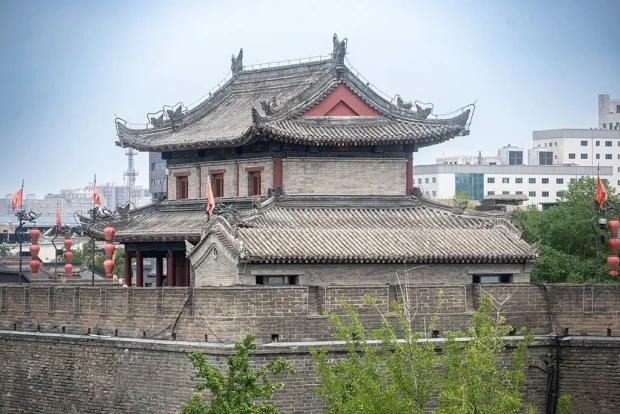
Inside the walls, narrow alleys lead to carefully preserved neighborhoods. Here, many houses show traditional architecture with tiled roofs and stone-carved doorframes. These neighborhoods whisper stories of daily life centuries ago, yet still pulse with local energy. In some corners, craftsmen work with clay and silk, demonstrating skills passed down through generations. If you are lucky, you might catch a moment when a craftsman suddenly stops to chat or share a legend connected to Xi’an’s long history.
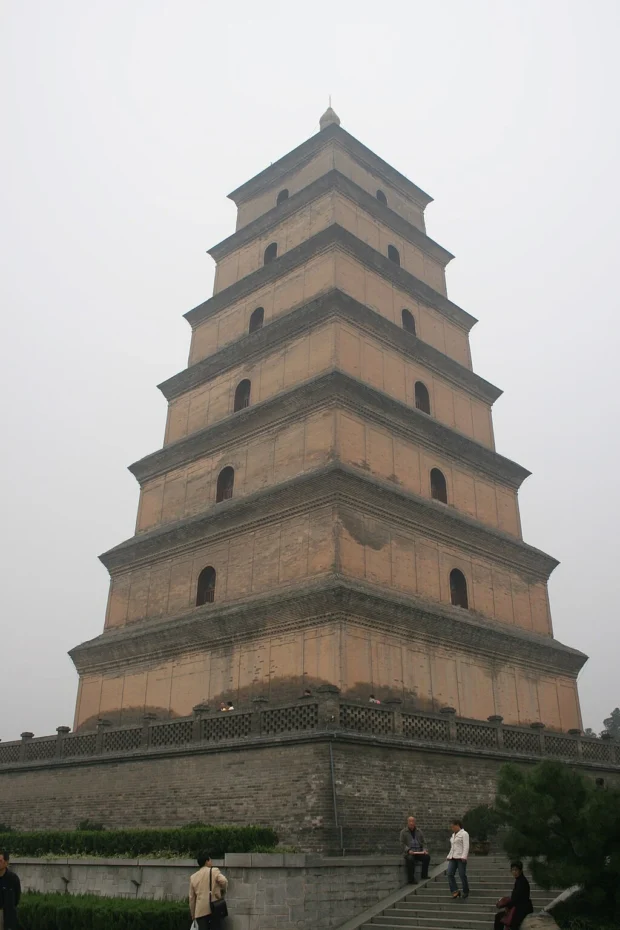
The Terracotta Warriors: Silent Guardians of the Emperor
No visit to Xi’an would be complete without seeing the Terracotta Army. Discovered by farmers in 1974, this vast collection of life-sized figures stands as a silent army meant to protect the tomb of Emperor Qin Shi Huang. Walking among these soldiers, each with unique facial features and armor, it felt like stepping into an ancient storybook. The site is large, so wear comfortable shoes and allot several hours to take in the detailed faces and rows of horses and chariots.
For a greater sense of imperial heritage, the Forbidden City in Beijing offers a complementary glimpse into ancient Chinese palatial life.
For a deeper look at Xi’an’s iconic Terracotta Warriors, read about their history and visitor tips in the detailed guide titled Discover Xi’an’s Terracotta Army.
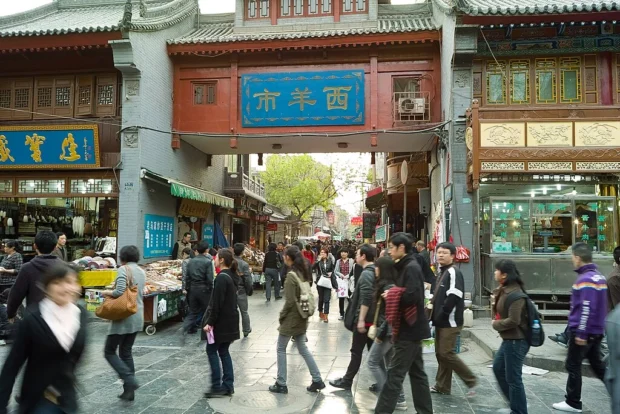
The museum’s official website offers helpful guides and ticket information; you can visit the Terracotta Warriors page for details. The site is well-organized to help visitors understand the history and significance, including recent restoration efforts that preserve these figures for the future.
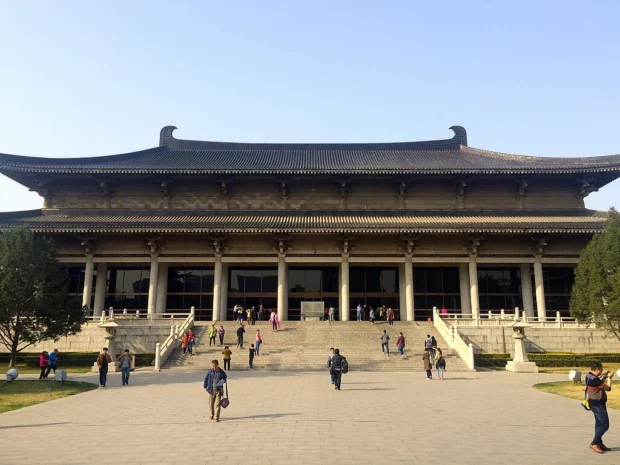
Taste of Xi’an: Flavors That Tell a Story
The food in Xi’an is a reflection of its history as a crossroads of cultures. One of my favorite dishes is the biang biang noodles, known for their broad, hand-pulled ribbons and spicy, garlicky sauce. You can find these in eateries close to the Muslim Quarter, a lively district where aromas of cumin and grilled lamb fill the air. The Muslim Quarter is not just a food haven; it’s also a place to see craftspeople making silver jewelry and embroidered fabrics, sometimes inviting you to try your hand at the art.
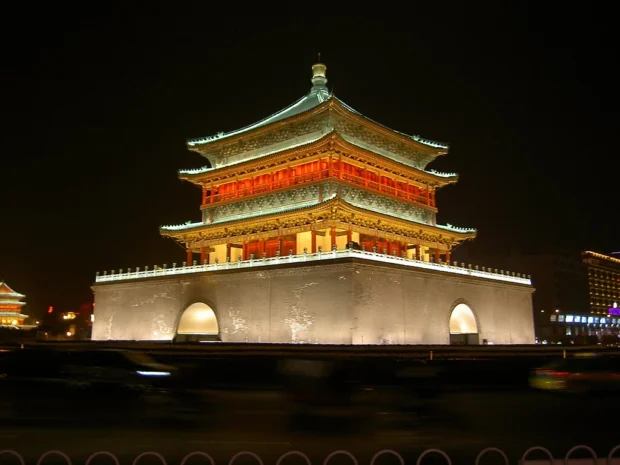
Don’t miss tasting roujiamo, often called the Chinese hamburger. The meat, slow-cooked with secret spices, is stuffed into a crispy flatbread baked fresh in a small clay oven. Buying this from street vendors, I found, is as much about watching the skill of the cooks as savoring the flavors. Eating here feels like a connection to Xi’an’s ancient food traditions, alive and vibrant.
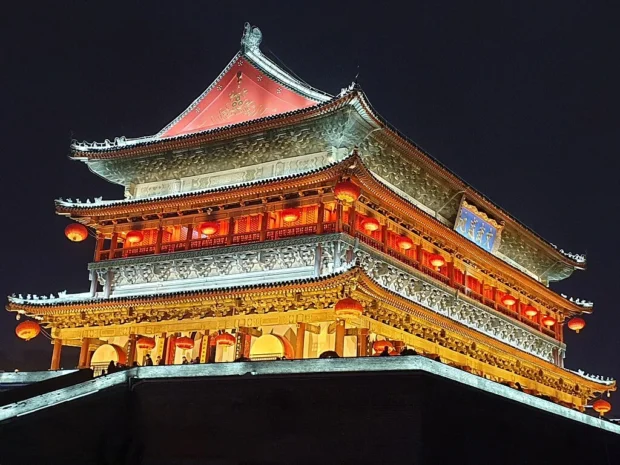
Getting Around and Finding Your Place to Stay
Arriving in Xi’an is straightforward thanks to its modern airport and train station. From the airport, a direct express bus connects to the city center, a budget-friendly and reliable choice. The train station links Xi’an to many other Chinese cities with high-speed trains, making it easy to combine Xi’an with other destinations.
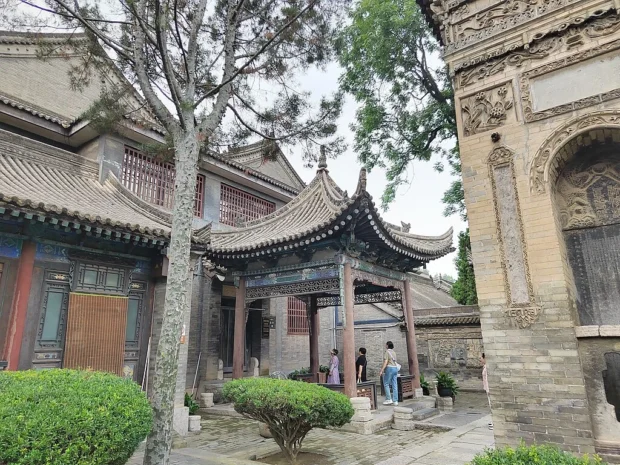
For accommodation, many visitors choose to stay inside or near the city walls to be close to main attractions and local markets. Guesthouses and small hotels offer warm hospitality and sometimes a peek into traditional Chinese interior design, with wooden screens and paper lanterns softly lighting the rooms. Staying near the Bell Tower or Drum Tower, for instance, puts you at the heart of the city’s rhythm and easy walking distance to historic sites.
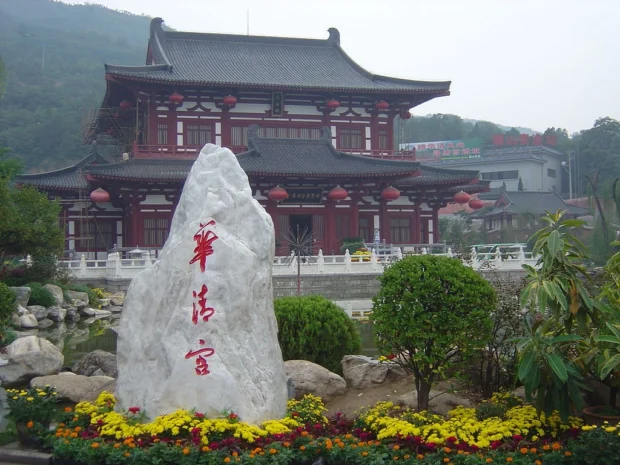
Customs and Culture: Simple Ways to Show Respect
In Xi’an, like in many parts of China, politeness goes a long way. When entering temples or historic sites, it’s best to speak softly and avoid touching artifacts or displays. Greeting with a slight nod or smile is common and appreciated. During meals, it’s polite to wait for the oldest person to start eating before you begin. Also, try not to point chopsticks directly at others, as this can be considered rude.
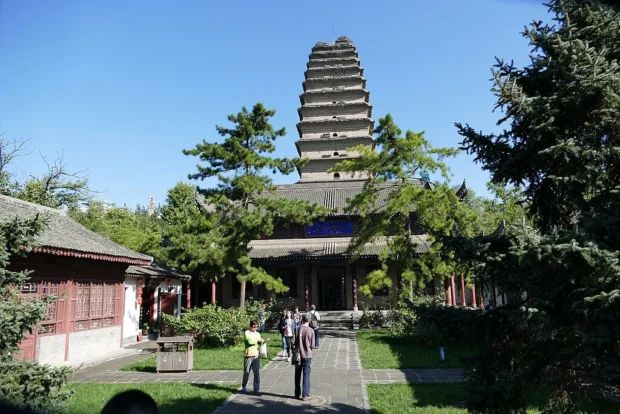
The people I met often showed a warm willingness to share stories about their city. Many local customs are tied to family and respect for ancestors, especially visible during festivals. One evening, I watched a small group quietly lighting incense at a temple near the city wall, a peaceful moment that seemed to connect past and present in the soft glow of twilight.
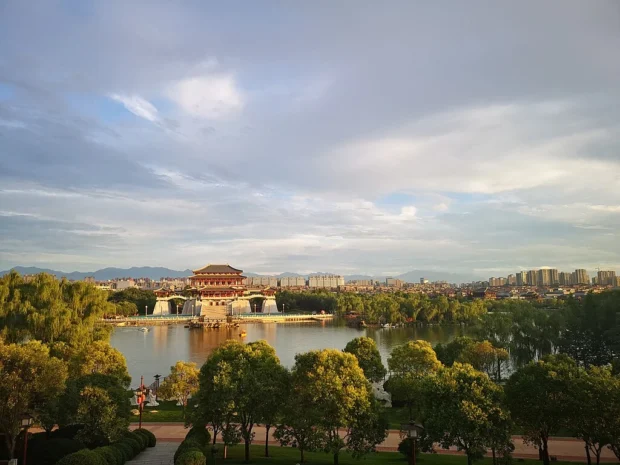
Little-Known Corners and Curious Facts
Beyond the famous sights, Xi’an has quiet treasures tucked away. The Small Wild Goose Pagoda, less visited than its bigger sibling, offers a serene park perfect for afternoon walks. Nearby, ancient brick carvings and mosaics decorate temple walls, revealing the skill of artisans from centuries ago. I stumbled upon a small workshop where a master craftsman carved stone seals, explaining how these stamps were once used for official documents-a personal stamp of identity.
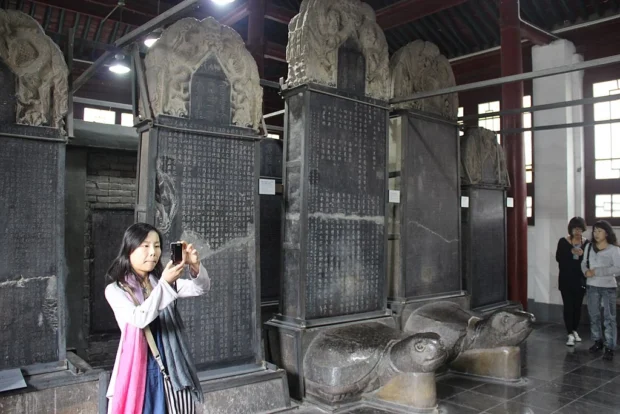
Here is a quirky fact: Xi’an’s city walls are so wide that, in recent years, locals have organized bicycle races atop them, turning history into a lively sport. Also, many visitors don’t realize that the city’s name, once called Chang’an, means “Perpetual Peace,” a fitting idea for a place where history and daily life meet so harmoniously.
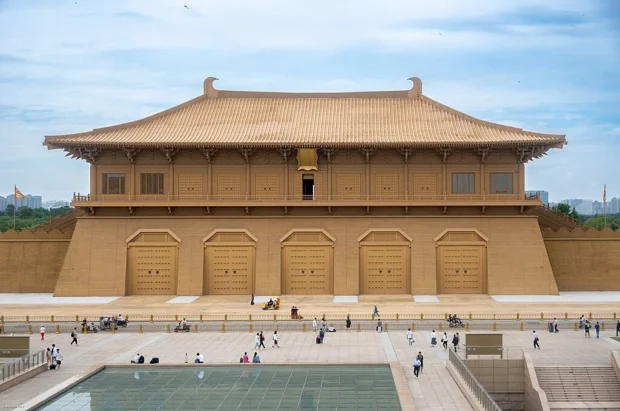
Final Thoughts on Xi’an’s Living Heritage
Xi’an offers more than just a look at ancient ruins. It is a living city where history breathes through stone walls, markets, and the laughter of children playing near ancient gates. My time here was filled with moments of quiet discovery and lively interaction, each step revealing how the past shapes the present. Whether wandering among the Terracotta Warriors or sharing a meal with locals in the bustling quarter, Xi’an invites you to slow down and enjoy the layers of stories embedded in every corner.
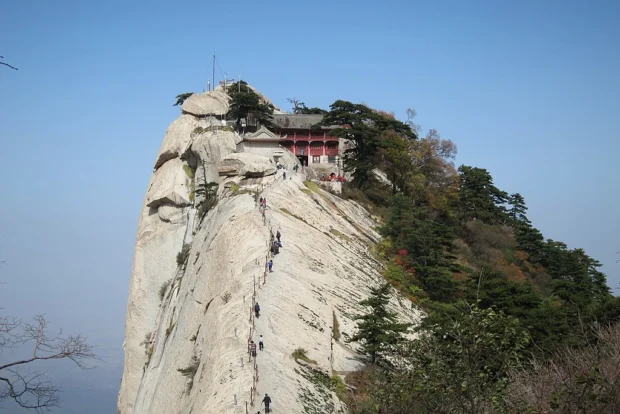

Explorer of historical towns, ancient ruins, and traditional markets, combining modern travel with interest in heritage.
- 西安钟楼2020 (1) by ScareCriterion12 on Wikimedia Commons – cc by-sa 4.0
- 51714-Terracota-Army by xiquinhosilva on Wikimedia Commons – cc by 2.0
- City Walls of the Ming and Qing Dynasties (54089429421) by xiquinhosilva on Wikimedia Commons – cc by 2.0
- Dayan "Big Wild Goose" Pagoda (9911372366) by Gary Todd from Xinzheng, China on Wikimedia Commons – cc0
- 2010 CHINE (4573375735) by thierrytutin on Wikimedia Commons – cc by 2.0
- Shaanxi History Museum 2 by jesse on Wikimedia Commons – cc by-sa 4.0
- Glockenturm – Bell Tower – Xi'an – China by Markus FL on Wikimedia Commons – cc by-sa 3.0
- Drum Tower Xi'an by TarnishedPath on Wikimedia Commons – cc by-sa 4.0
- Great Mosque of Xi'an 20240808 038 by 沈澄心 on Wikimedia Commons – cc0
- Huaqingchi 1 by The original uploader was Yyk at Chinese Wikipedia. on Wikimedia Commons – cc by-sa 3.0
- 2015-09-23-083327 – Xian, Kleine Wildganspagode by Zossolino on Wikimedia Commons – cc by-sa 4.0
- Tang Paradise 2 by Virgil Guo on Wikimedia Commons – cc by-sa 4.0
- Beilin Stone Museum (9913218786) by Gary Todd from Xinzheng, China on Wikimedia Commons – cc0
- Daming Palace National Heritage Park – Danfeng Gate 01 by xiquinhosilva on Wikimedia Commons – cc by 2.0
- Xian Huashan – panoramio by Anders Johnson on Wikimedia Commons – cc by 3.0
